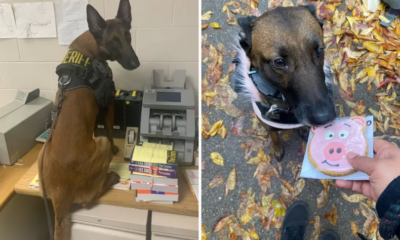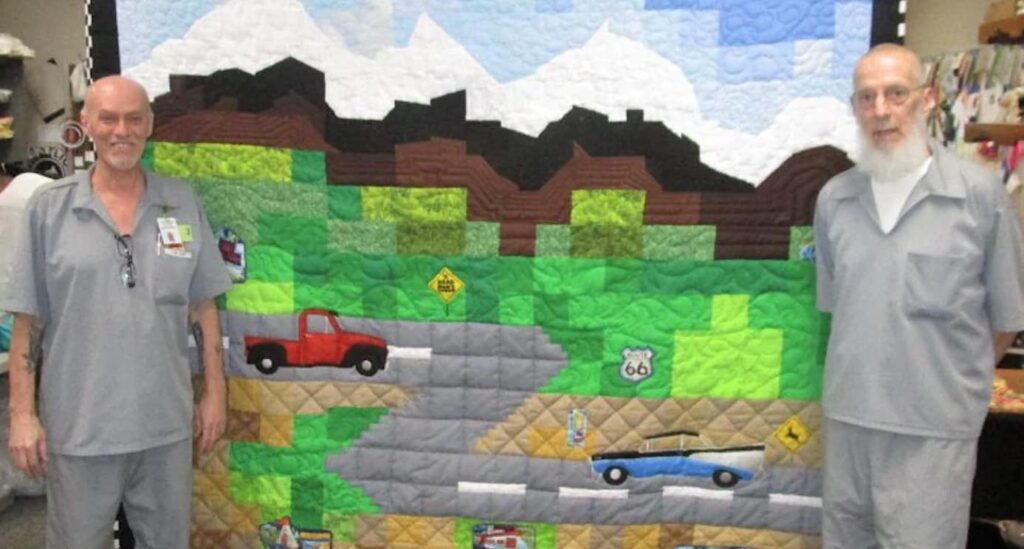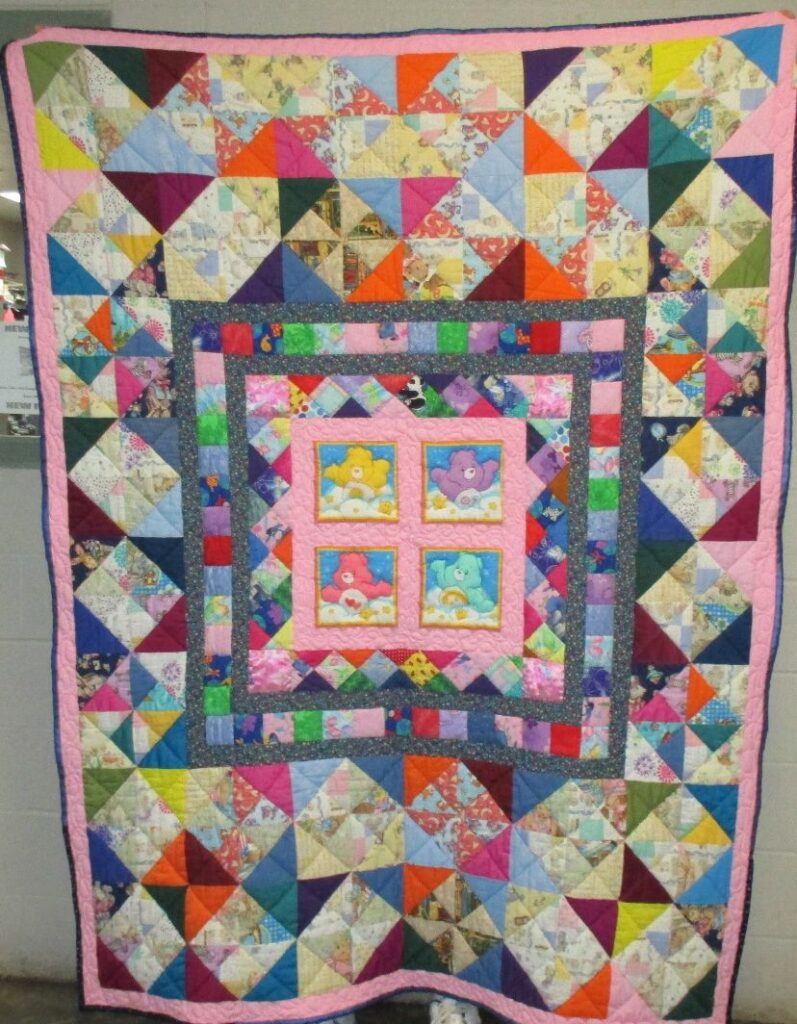Smile
Prison Inmates Spend Days Sewing Quilts for Foster Care Children

- A small group of prison inmates at South Central Correctional Center in Licking, Missouri spends their days sewing colorful handmade quilts for every foster child in Texas County.
- The group is composed of seven men who rely on donations to make their project possible.
- Quilting not only makes the prisoners express their creativity but also helps them to give back to their communities.
Quilting generally draws images of grandmas sewing together scraps of fabric to make family heirlooms. But for prison inmates at South Central Correctional Center in Licking, Missouri, quilting has become an outlet. The craft not only makes them express their creativity but also helps them to give back to the communities from which they came.
Jim Williams often lies awake in the middle of the night in his prison cell, thinking about his next quilt design. “I’m kind of a perfectionist,” Williams told St. Louis Public Radio. “I’ll wake up at 2:30 in the morning and think, ‘That color really isn’t going to work.”
The volunteers spend their days sewing intricately designed, personalized quilts for every foster child in Texas County. The group of seven men relies entirely on donations and meets every day in the prison’s sewing room.
Richard Sanders is one of the more experienced quilters of the group, but never intended to join the program. After visiting the sewing room one day to help fix a broken machine, he realized he wanted to enroll.
“It’s just a real peaceful environment,” said Sanders. “These places, the more you stay busy, the better you are.”
Sanders has been incarcerated for over three decades and made hundreds of quilts, sending photos of each one to his elderly mother.
The program offers the inmates a temporary escape and opportunity to engage with the community. To join the group, an inmate cannot have any recent conduct violations on his record.
“You can see the change in their attitude,” said Joe Satterfield, a case manager at South Central who runs the quilting program. “A light flips on like, ‘Oh, this is a new avenue. I can actually be a part of something.”
The project is rooted in restorative justice, which emphasizes community building and rehabilitation. There are many other similar groups, including training shelter dogs and growing vegetables for food banks.
For the sewing group at South Central, the men design quilts for children in the Texas County foster care system with individual children in mind, embroidering their names in each one. For Rod Harney, it is an attempt to let the children know that they have not been forgotten.
“You see the names of these kids in foster care; you see a 1-year-old or 2-year-old, and it kind of breaks your heart,” said Harney, who learned to sew in his seventh-grade home economics class. “But that lets us know we’re human still. You can’t express enough how it feels to do it.”
Source: Tank’s Good News

-

 Cute Animals6 months ago
Cute Animals6 months agoPuppy Love Patrol: Service Dog Swoons Over K9 Officer Neighbor
-

 Cute Animals9 months ago
Cute Animals9 months agoHugs, Hooves, and Happiness: Newborn Donkey Steals Hearts by Demanding Affection [Video]
-

 Cute Animals9 months ago
Cute Animals9 months agoWATCH: A German Shepherd’s Surprising Parenting Instinct for Lost Ducklings!
-

 Cute Animals11 months ago
Cute Animals11 months agoPetty Pup Pulls Off Hilarious Bone Heist [Video]
-

 Heroes8 months ago
Heroes8 months agoA Lost Dog’s Bark Leads to a Lifesaving Discovery
-

 Cute Animals9 months ago
Cute Animals9 months ago“Pure Love”: Adopted Rescue Dog Can’t Hide How Grateful He Is [Video]
-

 Cute Animals8 months ago
Cute Animals8 months agoAdorable Puppy Steals Hearts After a Tiring Swim [Video]
-

 Cute Animals9 months ago
Cute Animals9 months agoTiny but Mighty: Cat with Dwarfism Becomes Internet Star as Owners Adapt Backyard for Her Comfort


